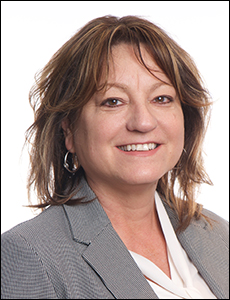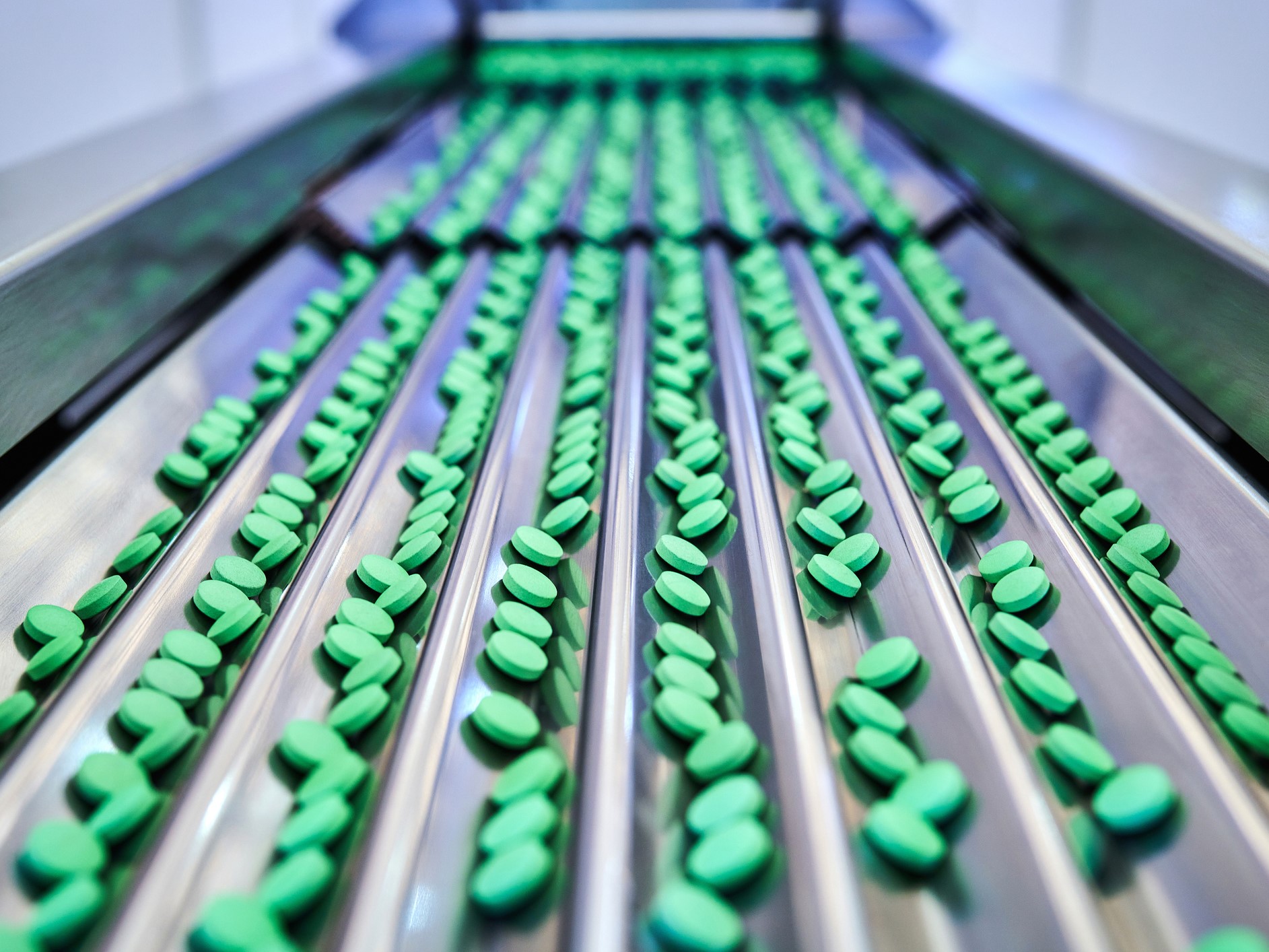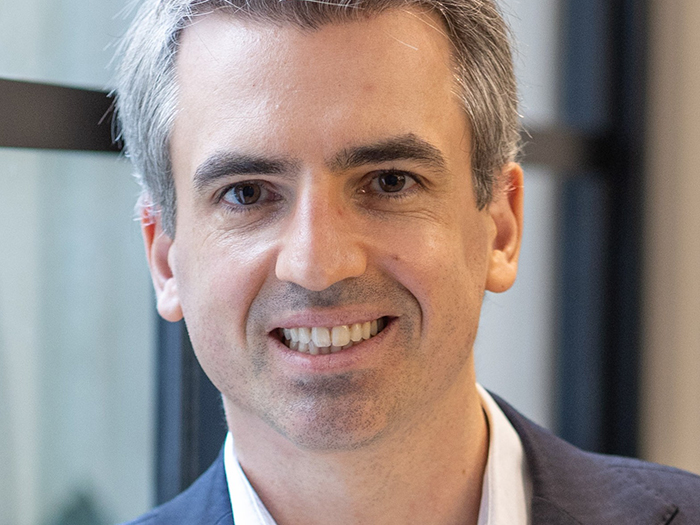Sponsored: AXA XL
Making the Connection: Are You Prepared for Rising Property and Equipment Breakdown Costs?

The commercial property insurance market has had its ups and downs in recent years. The good news is that property rates seem to have stabilized in the second quarter of 2024, though businesses are still seeing single-digit increases. It’s a reminder for businesses to keep an eye on their property exposures, especially when it comes to the large equipment they use to keep their operations running.
Equipment breakdown can lead to property damage, business interruption, and additional expenses for repair or replacement. This can increase the overall cost of property risks, as organizations need to account for the potential consequences of equipment breakdown when assessing their property risk management strategies.
Today’s business equipment is more high-tech and specialized than ever before, making unforeseen breakdowns, malfunctions or damages a substantial risk, should they occur. Even the most well-maintained piece of equipment can experience mishaps and cause significant financial loss.
“The changing nature of property risks, especially with high-tech equipment in distribution centers and electronic sorting equipment, is a significant factor contributing to an increase in insured property losses,” said Michele Sansone, CUO property, Americas, AXA XL.
“The equipment breakdown aspect is critical. If specialized machinery is the only source and there is no backup, it creates significant exposures for the business,” added Cheryl Geidel, vice president, equipment breakdown, AXA XL.
The value of complex equipment continues to climb alongside the cost of fixing it, as more expensive replacement parts and specialized diagnostic technicians contribute to an uptick in pricing. Coupled with the recent strain on property insurance, this is one risk businesses can’t afford to overlook.
For those operating large machinery and other equipment that requires regular maintenance, it is imperative to get ahead of potential breakdown and disruption, and to make sure they have the right risk mitigation tools in place.
Two Key Factors Impacting Property Rates

Michele Sansone, CUO Property, Americas, AXA XL
The first piece of the equipment protection puzzle is the need to understand exactly what is affecting property rates and, consequently, pricing.
Verisk’s 2024 Global Modeled Catastrophe Losses reported that the average annual loss from global natural catastrophes has reached a new high of $151 billion. In the past five years, the actual annual insured losses from natural catastrophes averaged $106 billion, compared with less than $83 billion in the preceding five-year period.
“The pricing in the catastrophe insurance market is highly dependent on the specific peril being insured. With the increased frequency and severity of catastrophic events, insurers are seeing a significant uptick in activity in this segment,” said Sansone.
“As a result, pricing is being adjusted to account for the heightened risk exposure. The specific rates will vary based on the particular catastrophe being covered, such as hurricanes, wildfires or floods.”
That can place rates at the mercy of Mother Nature — a challenge that’s led some insureds to take on their own risk.
“To control pricing, customers are increasingly retaining more risk through captives or larger deductibles, removing exposure from the market,” Sansone explained.
Supply chain disruption is another big factor: “Supply chain issues and long lead times for components and equipment have created challenges, often extending business interruption periods to 15 to 18 months while waiting for critical parts to arrive,” Geidel said.
Supply chain delays aren’t the only things causing strife; the rising cost of materials and labor do as well. These factors continue to impact property insurance, driving up the frequency and cost of claims and drawing attention to contingent business interruption risks.
“Insureds often don’t fully understand the origin of their equipment, products or stock. We view this lack of information as a significant risk — one that must be addressed,” Sansone said.
Accurate Valuations Are Everything

Cheryl Geidel, Vice President, Equipment Breakdown, AXA XL
Another element businesses have to understand is that accurate valuation of property goes a long way in managing the cost of equipment breakdown. Even with rates showing a slow decline, it’s essential to have accurate values for property, including equipment value.
“Regardless of whether the rate is two cents or ten cents, the starting point — the values — must be accurate. There seems to be a misplaced sense of relief in the industry that as pricing declines, the valuation issue will resolve itself. However, the fundamental importance of getting the values right remains unchanged,” Sansone explained.
If a business and its equipment are underinsured due to an incorrect valuation, the insurance payout may not cover the full cost of repair or replacement.
Further, because of today’s higher rebuilding, repair and replacement costs, businesses must be particularly wary about their policy limits. A loss could end up costing significantly more than anticipated, causing insureds to quickly erode any sublimits in place.
“It’s a challenging discussion, especially as the market softens and the focus on values diminishes,” said Sansone.
However, this is one area where all insureds can get ahead. Partnering with insurance professionals will ensure the right questions are being asked and accurate values are being reported. Risk managers, brokers, the account executive and producer all have a role to play in helping the insured to understand their exposures.
Valuating individual equipment can be tricky, noted Geidel, especially as more technology is incorporated into the machinery being used.
Breakdowns or failures often involve individual pieces of equipment rather than an entire building. Insurance partners that ask questions, review and compare values year-over-year on equipment types and rely on risk engineering reports to better understand the equipment being used are a boon to the underwriting process.
“Values are the basis of everything an underwriter does, so focusing on values should be the starting point of the process,” Geidel said.
An Emphasis on Protecting Property and Equipment
Technology is enabling property owners to place a larger emphasis on protection. The unpredictability of hurricanes, earthquakes, wildfires and other Nat CATs can’t be controlled, but technology offers some control over their impact.
Advanced weather modeling, wildfire modeling, drone inspections and other innovations help to predict and assess damages more quickly and accurately than ever before.
Sansone also said that data-sharing can build resiliency into the market, putting clients in an even better position should an incident arise.
“There’s an unfortunate perception that data is proprietary and sharing it could undermine one’s competitive advantage. However,” she said, “this reluctance to share data can hinder the industry as a whole.”
Collaboration and data-sharing among carriers could open the door for better risk assessment and improved underwriting practices, in addition to resiliency.
“Transparency is a game changer in risk management. Sharing data can greatly improve how organizations handle and reduce risks,” said Sansone.
Property Risk Engineering at Its Finest
Effective risk management makes clients better, which ultimately improves their overall risk profile. At AXA XL, the team takes this philosophy and brings it into everything it does. It’s not about a transaction; it’s about maintaining relationships with customers in order to best protect them.
“When we commit to a piece of business, we aim to maintain that relationship. Our focus is on risk improvement rather than just transactions so that we may build lasting partnerships with our clients,” Sansone said.
AXA XL has done this by building a team of more than 400 risk engineers who work closely with underwriting in order to provide the most accurate and detailed insights about each client’s needs.
“Our underwriters rely on the data and insights that our property risk engineers collect on site to price the risk we assume. But we also share the data they collect with our clients to help them in their loss control efforts as well as our own,” Geidel said.
“Our approach to underwriting and risk evaluation streamlines the claims process in several ways. By engaging in bespoke underwriting and thoroughly assessing each risk, we gain a deep understanding of the potential claims scenarios from the outset,” Sansone added.
This comprehensive risk evaluation allows AXA XL to anticipate and prepare for potential claims more effectively. As a result, when a claim does occur, the team is well-equipped to handle it efficiently, because its process has established a clear understanding of the underlying risk factors and policy details.
To learn more, visit: https://axaxl.com/insurance/products/machinery-breakdown-insurance.
This article was produced by the R&I Brand Studio, a unit of the advertising department of Risk & Insurance, in collaboration with AXA XL. The editorial staff of Risk & Insurance had no role in its preparation.










